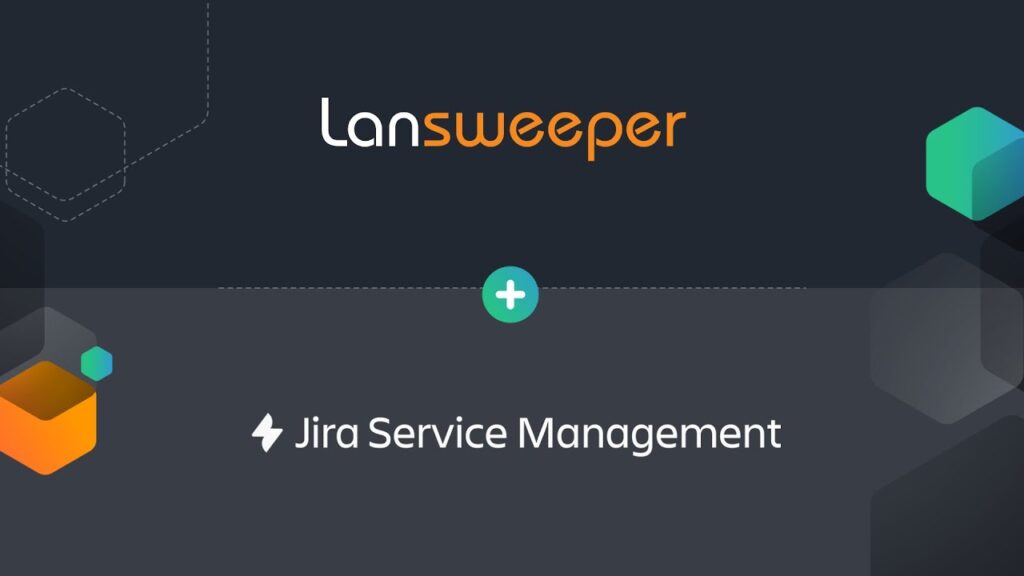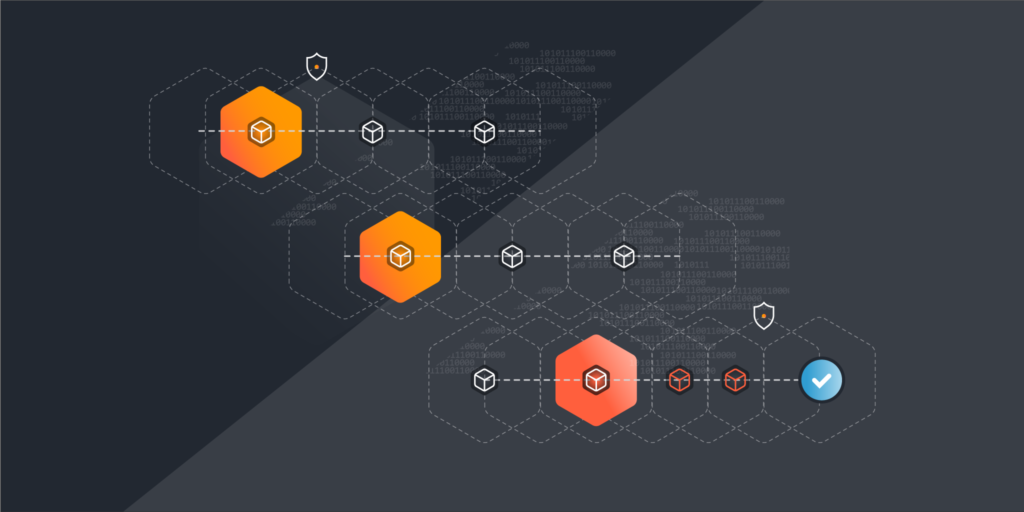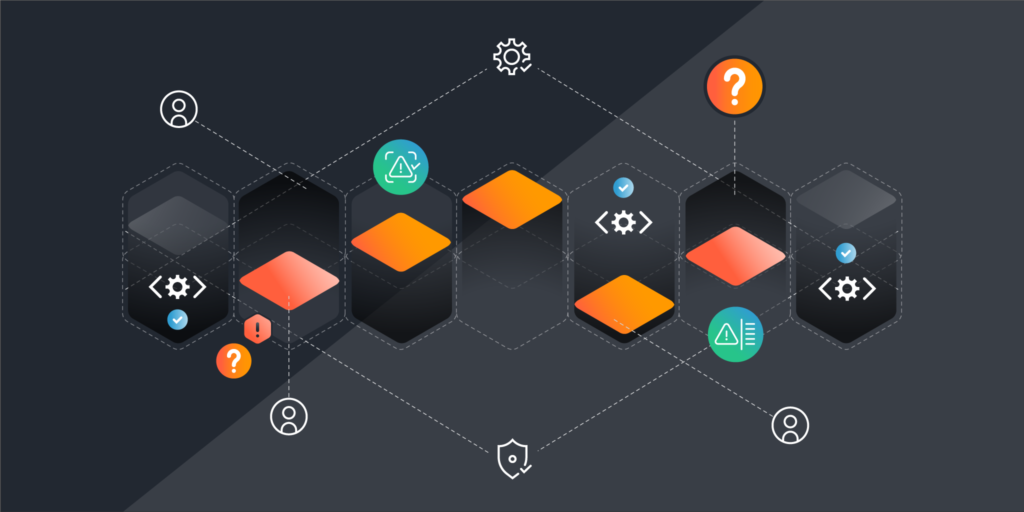
Jira Service Management is a comprehensive IT service management (ITSM) platform developed by Atlassian. It empowers organizations to streamline their IT service operations, deliver exceptional customer support and manage incidents, problems, changes and requests efficiently. And, with more than 65,000 customers using Jira software, its popularity as an ITSM platform is growing fast.
When combined with Lansweeper’s IT Discovery platform, Jira Service Management becomes even more powerful.
In this post, we’ll examine the value of each of these market-leading solutions, the importance of an accurate and up-to-date CMDB, and how leveraging Lansweeper’s rich IT discovery capabilities in combination with Jira Service Manager can help you maximize the value of your Jira investments.
Powerful IT Discovery
Lansweeper’s IT discovery capabilities empower organizations with a dynamic solution to effectively manage their IT infrastructure. At its core, Lansweeper offers an advanced network scanning and asset discovery system that enables businesses to gain unparalleled insights into their hardware and software resources. With the ability to automatically scan and catalog devices across various network environments, Lansweeper provides a holistic view of an organization’s IT landscape, fostering informed decision-making and efficient resource allocation.
A standout of Lansweeper’s IT discovery capabilities is its versatility in uncovering a wide range of devices and systems, from computers, servers, and networking devices to printers, IoT devices, and virtual machines. Lansweeper’s scanning mechanisms leave virtually no corner of an IT environment unexplored, ensuring organizations have accurate and up-to-date information about the devices connected to their network.
Lansweeper’s IT discovery goes beyond simple device identification. The software dives deeper into the details of each device, capturing essential information such as hardware specifications, installed software applications, operating system details, and even configurations. This wealth of information aids IT administrators in effective inventory management, software licensing compliance, and proactive maintenance.
Lansweeper also excels at discovering software assets. It tracks not only major applications but also less prominent ones, assisting organizations in maintaining a clear understanding of their software landscape and utilization, while helping to simplify software audits, and security assessments.
Lansweeper’s IT discovery capabilities extend their reach into challenging areas such as cloud-based resources and remote endpoints. As modern IT environments diversify and become more distributed, Lansweeper’s adaptability ensures that it can effectively discover and monitor assets across various deployment scenarios.
Active or Passive, Agent or Agentless Discovery

Lansweeper offers multiple discovery options to cater to various network environments and security requirements, and empower organizations to monitor and manage their IT assets while aligning with their specific operational needs:
- Active discovery: Lansweeper can send out targeted queries or requests to network devices to gather information. This method is particularly useful for devices that might not broadcast their details actively, enabling Lansweeper to proactively pull data and provide a holistic view of the network.
- Passive discovery: Lansweeper can analyze network traffic to glean information from devices without sending out explicit requests. By observing network communication, Lansweeper identifies devices, monitors traffic patterns and tracks device behavior. This approach is ideal for scenarios where active scanning might be disruptive or when insights into transient devices are necessary.
- Agent-based discovery: Lansweeper can be deployed as a lightweight agent on devices, allowing for continuous monitoring and data collection. This is particularly beneficial for remote or disconnected endpoints, ensuring accurate information even when devices are off-network.
- Agentless discovery: Conversely, Lansweeper can leverage existing protocols to eliminate the need for agent deployment, which is helpful when installing an agent is not feasible or preferred.
Lansweeper’s innovative approach to IT asset discovery includes credential-free device recognition (CDR) technology, which enables teams to gather basic information about devices without requiring administrative credentials. While it might not provide the same level of detail as fully authenticated scans, credential-less discovery can still offer valuable insights, making it a useful choice for preliminary assessments or scenarios where security considerations restrict full access.
Empower IT teams with Jira Service Management
Jira Service Management helps organizations deliver high-quality IT services by providing a structured framework for handling incidents, changes and requests. Premium and enterprise customers can take advantage of asset and configuration management, as well:
- Incident Management: Jira Service Management simplifies the process of escalating major incidents by alerting the appropriate teams and sharing the context and data necessary to resolve the issue. You can create chat channels in Slack or Teams to enhance collaboration and create a record of all actions.
- Change Management: Jira enables your IT operations team to access richer contextual data about any changes for improved decision-making. They can reference change requests to learn about the reasons for the change, the teams involved and other critical information. By pulling information from your CI/CD tool, it informs you of affected services, risk scores and the names of required approvers.
- Configuration Management: With Jira Service Management, you have greater visibility into the infrastructure supporting your applications and services, so you can anticipate the downstream impact of changes and manage risk.
- Asset Management: Jira Service Management has a flexible and open data structure, which enables you to manage any asset. You can track ownership and life cycles, track assets for inventory and auditing purposes and have the information you need to make informed decisions quickly. With asset information at your fingertips, you can identify ways to improve efficiency and reduce support costs, and maximize the value of your assets.
Of course, none of these capabilities are possible without complete and accurate IT asset data – and that depends on reliable IT discovery.
Why CMDB’s accuracy hinges on IT Discovery
An accurate CMDB is crucial for effective IT service management, decision-making, troubleshooting and ensuring compliance. Reliable and up-to-date IT Discovery ensures that the CMDB reflects the current state of the IT environment, enabling organizations to manage assets effectively, provide quality services and respond swiftly to challenges.
CMDB accuracy is essential for effective change management. With accurate and complete data populating your CMDB automatically, you gain a clear understanding of the existing IT environment before implementing changes. This prevents unintended consequences and ensures that changes are carried out smoothly without disrupting services.
By providing detailed insights into IT assets, configurations, dependencies and relationships, a reliable CMDB enables organizations to respond quickly to security or operational incidents, analyze problems effectively and implement preventive measures. It can help to identify root causes of recurring incidents or problems and help teams assess the potential impact of an incident on other systems or services. Incidents can be prioritized based on the criticality of the impacted assets and their relevance to business operations, and teams can make informed decisions about whether to implement workarounds or escalate the incident.
Unfortunately, CMDBs often suffer from inaccuracies due to various factors. Manual data entry and updates are prone to human errors and incomplete information. The absence of automation tools leads to delays in reflecting changes, especially in dynamic IT environments with rapid provisioning and decommissioning of resources.
Unclear data ownership and accountability can result in neglect of CMDB maintenance, while complex asset relationships and shadow IT usage can cause the CMDB to miss crucial information. Inadequate validation processes, legacy systems and poor integration with other tools further contribute to inaccuracies.
The consequences of a CMDB are far-reaching, impacting reporting and decision-making, and leading to compliance and security issues, not to mention unnecessary costs and downtime. Fortunately, IT discovery provides a solution.
Get it right the first time with Lansweeper IT Discovery
Lansweeper is a trusted name in the IT discovery industry. By auto-populating your CMDB Lansweeper takes the hassle and risk of human error out of keeping it up to date and always accurate, so you can act faster and be more efficient. Through a seamless integration with Jira Service Management, Lansweeper:
- Provides full IT asset visibility in your Jira CMDB
- Eliminates manual updates, reducing risk and overhead
- Streamlines compliance for audits, certifications and more
Lansweeper works with valued partners such as Atlassian to ensure our integrations are easy to deploy and extremely valuable for our customers. Combining Lansweeper and solutions from Atlassian helps you to build and maintain an accurate and powerful CMDB, so you can reap all the benefits of immediate access to complete and accurate IT asset data. Take the integration for a test run today.


